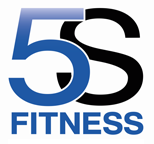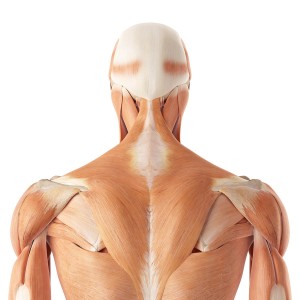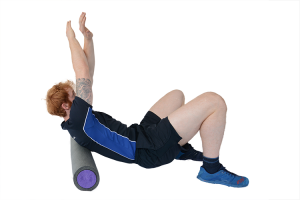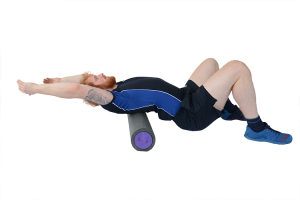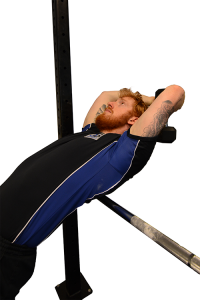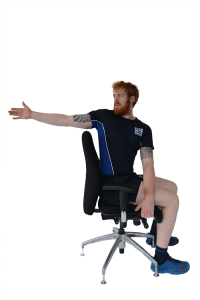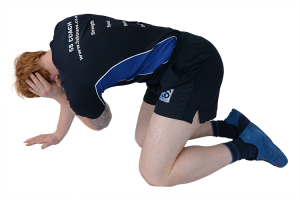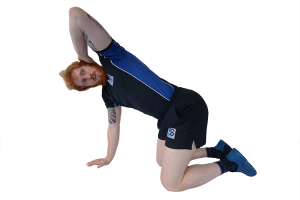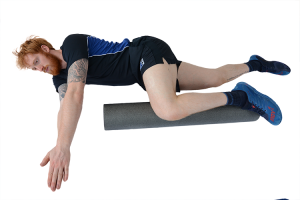Thoracic Mobility
The thoracic spine is the twelve vertebrae between the base of your neck and the bottom of your rib cage. Often when we refer to the thoracic spine in a training environment, we are referring to the muscles which surround it.
If the your thoracic spine is restricted, it can cause a whole host of problems. One being an increased kyphotic curve (rounded upper spine), which can lead to an increased lordotic curve (exaggerated lumbar/lower spine curve), and with it an excessive anterior tilt of the pelvis.
These postural issues will in turn have an effect on both upper and lower limb movements, ultimately reducing performance and often leading to injury.
To help regain thoracic mobility, we want to work on both extension and rotation.
The following drills take a holistic approach to the area, targeting the lats, mid-upper erector spinae, rhomboids, lower-mid traps and pecs, while working to mobilise each individual vertebra.
Thoracic Extension
Foam Rolling & Extension Drill:
1. Lie with your mid-back on the foam roller.
2. Extend your arms out in front of you and cross them over each other. You want your shoulders extended to lengthen the muscles of the back.
3. Slowly roll your mid-upper back area up and down for 30-60 seconds.
4. Keep the foam roller static and your arms extended overhead, allowing gravity to do the work and mobilise each vertebra (holding for 30-60 seconds). This is the most effective aspect of foam rolling the thoracic spine.
5. Complete 1-2 times on each side.
Barbell Thoracic Extensions:
Use caution when doing this exercise, driving a barbell into the spinous processes, (the bony spur which sticks out from the back of each vertebra), will cause pain and potentially result in injury.
However, when the barbell is placed correctly (just below your shoulder blades), the musculature of your mid-back will cushion the barbell and allow you to perform an effective release technique.
1. Set a barbell up on a rack at mid-thigh height.
2. Crouch down and place your mid-back on the barbell, just below your shoulder blades.
3. Raise your hands overhead. You can do this without weight or with a dumbbell in your hands.
4. Exercise caution with the stretch. If the stretch becomes too much and you can’t raise the weight back overhead, simply drop it.
5. Hold the position for 30-60 seconds and allow gravity to do its work.
Thoracic Rotation
The lumbar spine has some ability to rotate. However, when performing large rotational actions, your thoracic spine and hips should do most of the work. A great visualisation is to imagine that you are rotating with your chest.
Greater range of motion is achieved when you rotate with both your thoracic spine and hips. However, in this section, we want to isolate thoracic rotation to help mobilise the area.
As mentioned in the posture chapter, during daily activities movement should primarily come from your limbs, with your torso helping to stabilise these actions. If you initiate movements time and time again through bending and rotating your spine, the risk of future back issues is greatly increased.
Seated Stretch:
This is a great stretch to perform at your desk to help free up your upper back.
1. Reach across your body with your left hand and grab under the right side of your seat.
2. Rotate to the right with your thoracic spine and extend your right arm out behind you.
3. Hold the stretch for 30-60 seconds, or for 2 minutes if the musculature is very tense.
4. Complete 1-3 times on each side
Quadruped Thoracic Rotations:
This is a great stretch for mobilising your upper back. However, it can make you feel a little dizzy so take care when standing afterwards.
1. Get down onto all fours.
2. Place your left hand behind your head.
3. Shifting back with your hips facilitates a small degree of lumbar flexion, which will take away the arch. This ensures you don’t compensate for the movement by rotating your lumbar spine.
4. Place your left elbow under your torso before rotating round and pointing it toward the ceiling, or as far as your mobility will allow.
5. Follow your elbow with your eyes.
6. Complete 2-3 sets of 5-10 rotations on each side.
Side Lying Thoracic Rotations:
1. Lay on your side.
2. Raise the top leg up to 90 degrees, resting it on a foam roller.
3. Place your hands out to the front in a prayer position.
4. Slowly rotate with your thoracic spine to bring the top arm over so that the back of your hand touches the floor, or as far as mobility allows.
5. Keep your leg firmly on the foam roller throughout the whole movement.
6. Complete 2-3 sets of 5-10 rotations on each side.
Thanks for reading
Jay
Follow us on:
Facebook: www.facebook.com/5sfitnessuk
Twitter: www.twitter.com/5sfitness
Instagram: www.instagram.com/5s_fitness
YouTube: www.youtube.com/channel/UC66XVf9NZBO8j-V4or5d2Tg
